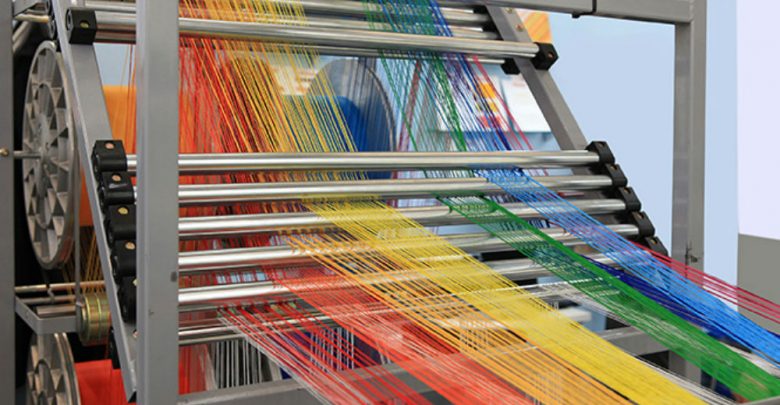Imtiaz Baig
The textile industry holds paramount importance for Pakistan, serving as a crucial pillar of the country’s economy. With its significant contribution to employment, exports, and GDP, the industry plays a pivotal role in shaping Pakistan’s economic landscape. Notably, the textile sector is the largest manufacturing industry in Pakistan, employing a substantial portion of the country’s workforce, particularly in rural areas. Furthermore, the industry’s export earnings make a substantial contribution to the country’s foreign exchange reserves, thus bolstering its economic stability. Pakistan’s textile industry also supports ancillary sectors, such as agriculture (cotton production) and various service industries, forming an intricate web of economic interdependencies. Given these critical linkages and its far-reaching impact, the textile industry stands as a cornerstone of Pakistan’s economic growth and development.
Despite the backdrop of fluctuating exchange rates, energy prices, and global market pressures, Pakistan’s textile and garments industry has shown remarkable resilience. This resilience was evident in the robust year of export performance, with a significant growth in export volumes across various key segments, and double-digit increases in export quantities.
In a year marked by historic markup rates on bank financing, the survival of the fittest has become evident. Export concentration among large firms has proven advantageous in mitigating the erosion of export earnings. The top 30 textile firms, in particular, have significantly contributed to the industry’s total exports, providing a degree of stability in the face of declining export prices and challenging external conditions.
Despite an average 15 percent depreciation in the exchange rate over the fiscal year, the unit prices of various value-added product categories have seen a decline in Pak Rupee terms. This trend is exemplified by the substantial decreases in average unit prices in dollars for top-performing segments such as knitwear, readymade garments, and cotton yarn. These price declines have intersected with a dramatic drop in raw material prices, which have plummeted by 50 percent from peak levels two years ago.
Pl subscribe to the YouTube channel of republicpolicy.com
The sobering reality is that Pakistan’s textile industry is facing diminished competitiveness on the global stage, presenting a pivotal choice for the industry’s future trajectory. The industry must grapple with the decision to either reverse the measures implemented over the past two years – such as rolling back concessional finance, energy tariff revisions, and income tax rate rationalization – in a bid to breathe new life into the sector, or adapt to a paradigm where only the most efficient players survive in an intensely competitive environment.
One plausible scenario involves acknowledging the limitations of Pakistan’s textile export potential under current market conditions, conceding that the industry’s contribution may be capped around $16 billion. This acknowledgment of the industry’s challenges should make stakeholders feel understood. This outcome would likely be driven by a select group of well-capitalized firms with access to cost-minimization methods, while urging smaller and mid-sized enterprises to diversify away from an industry facing severe challenges related to energy supply, investment constraints, and environmental concerns.
The path forward for Pakistan’s textile industry is fraught with complexity, underscored by the urgent need for adaptive strategies amidst evolving market dynamics. As the industry teeters on the brink of both collapse and re-birth, the potential for transformative governance and strategic decision-making becomes increasingly apparent. This emphasis on potential evolution should instill a sense of hope in stakeholders. The impending reshaping of the industry may inadvertently create opportunities for capital inflows from traditional sectors, paving the way for a potential transition towards more forward-looking industries and technologies.
In this crossroads moment, the potential for unprofitable players to phase out, while enabling pockets of excellence to thrive without reliance on subsidies and concessions, presents a compelling vision for the industry’s future sustainability and evolution. It is within this juxtaposition of challenges and opportunities that Pakistan’s textile and garments industry finds itself poised to redefine its trajectory and embrace adaptive strategies in navigating the complexities of a rapidly evolving global landscape.

















































